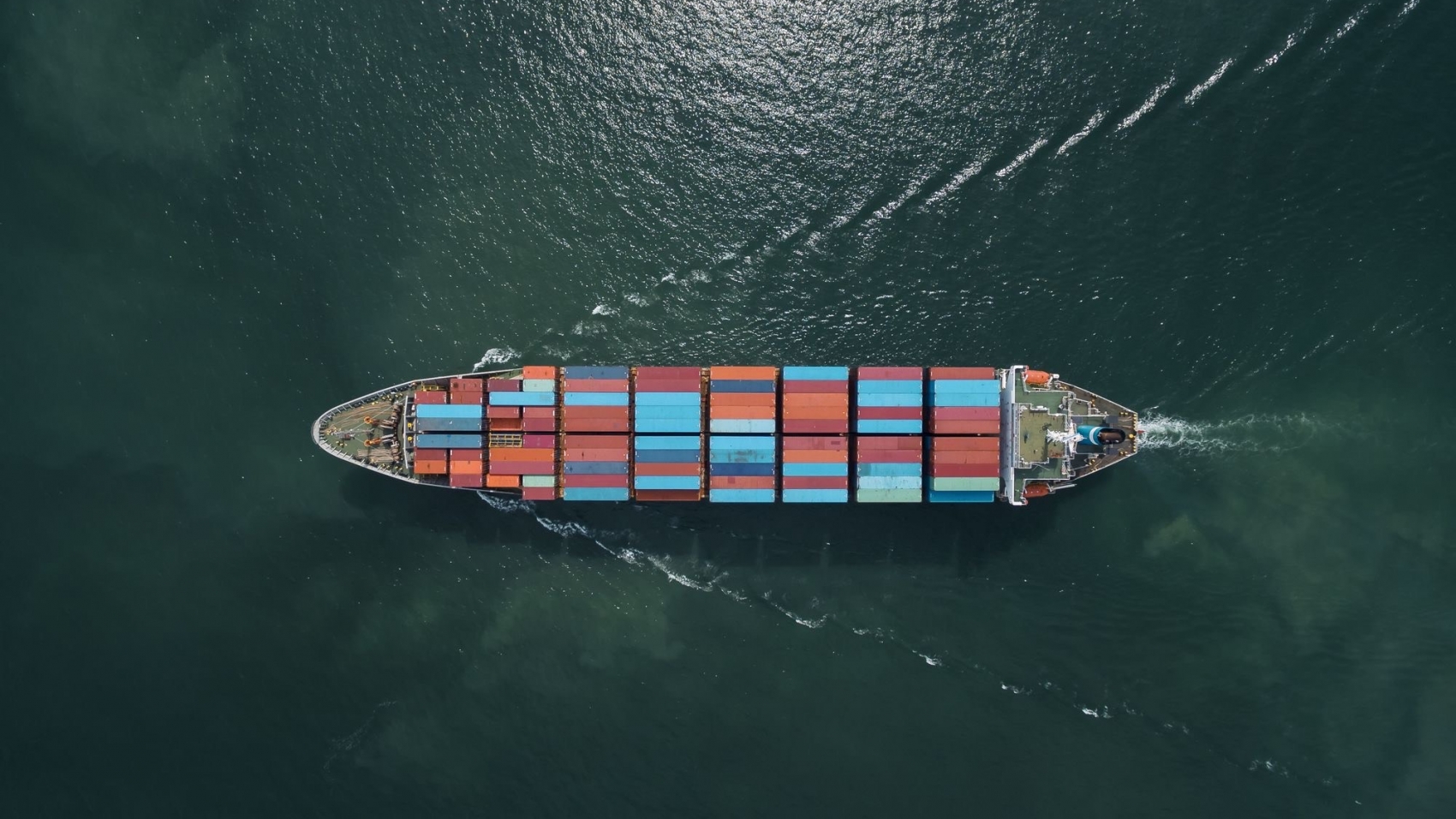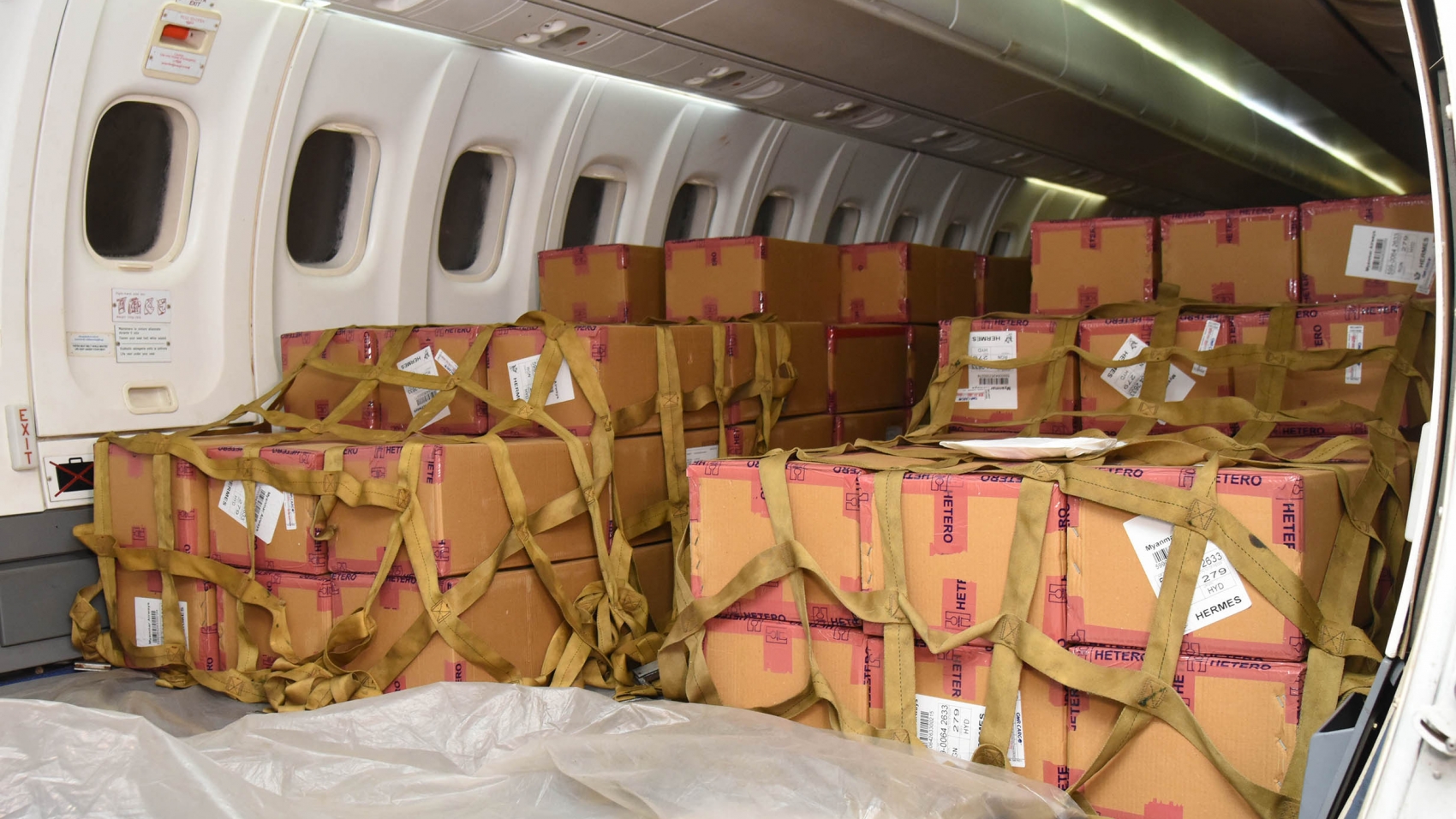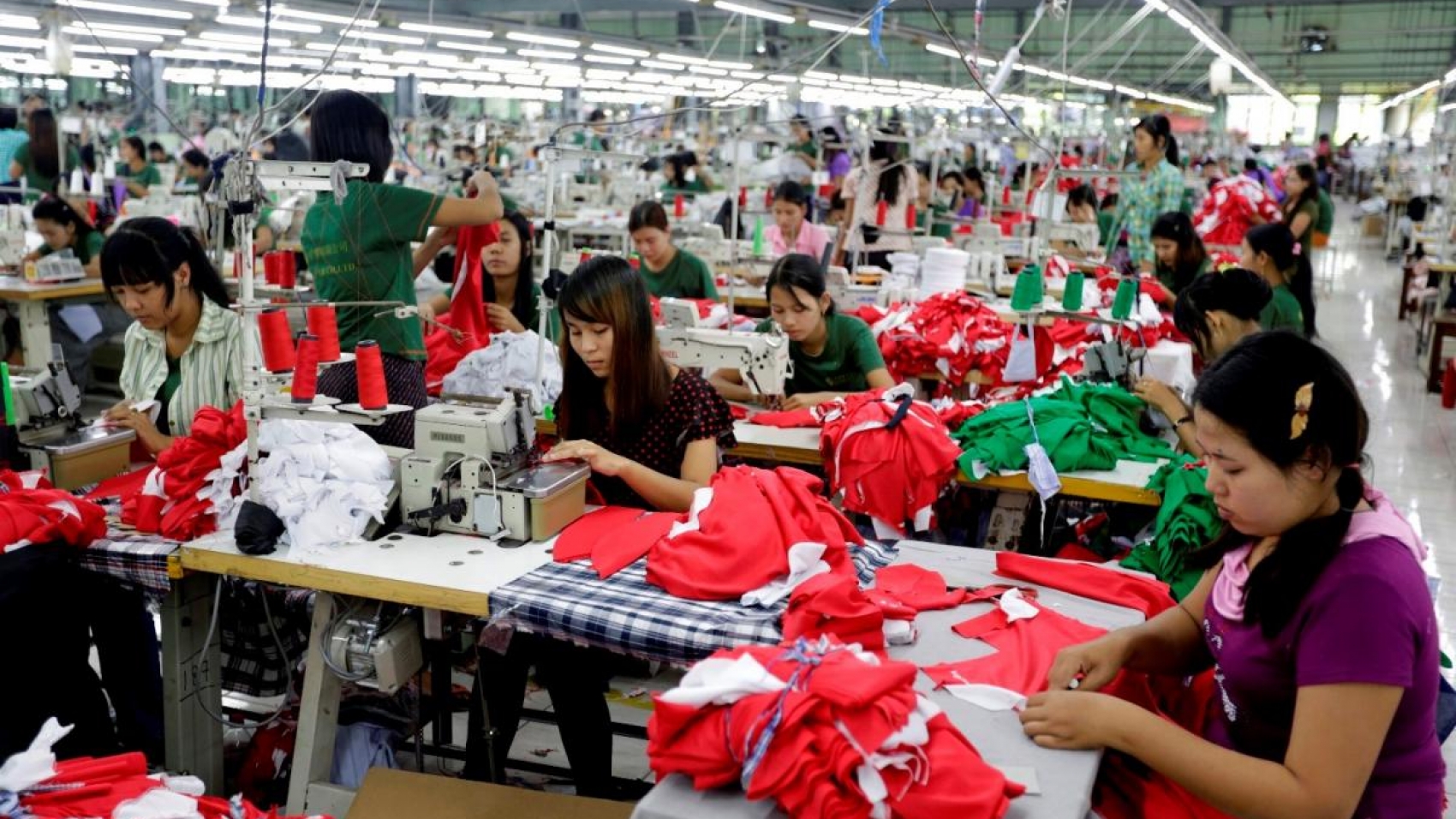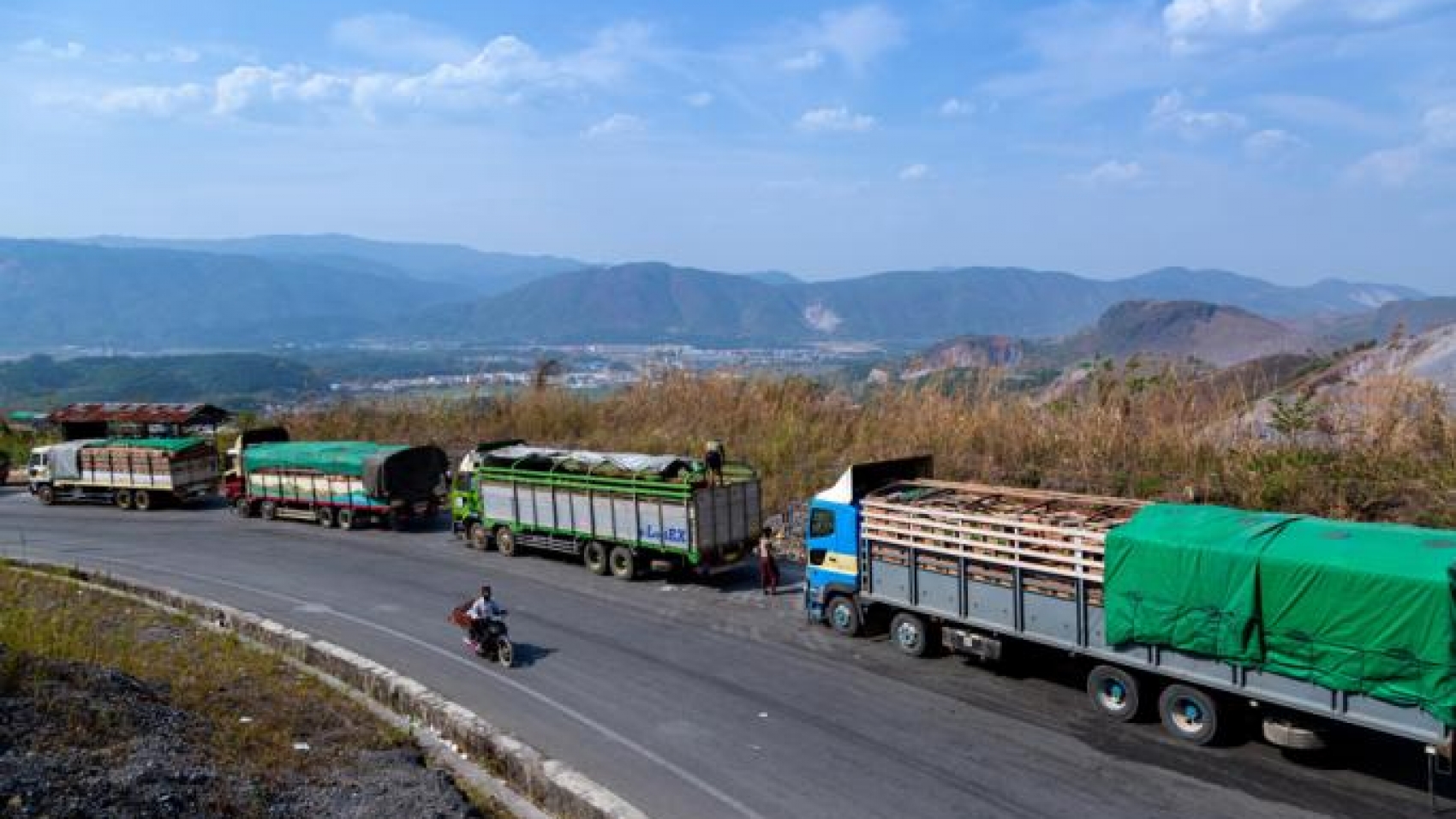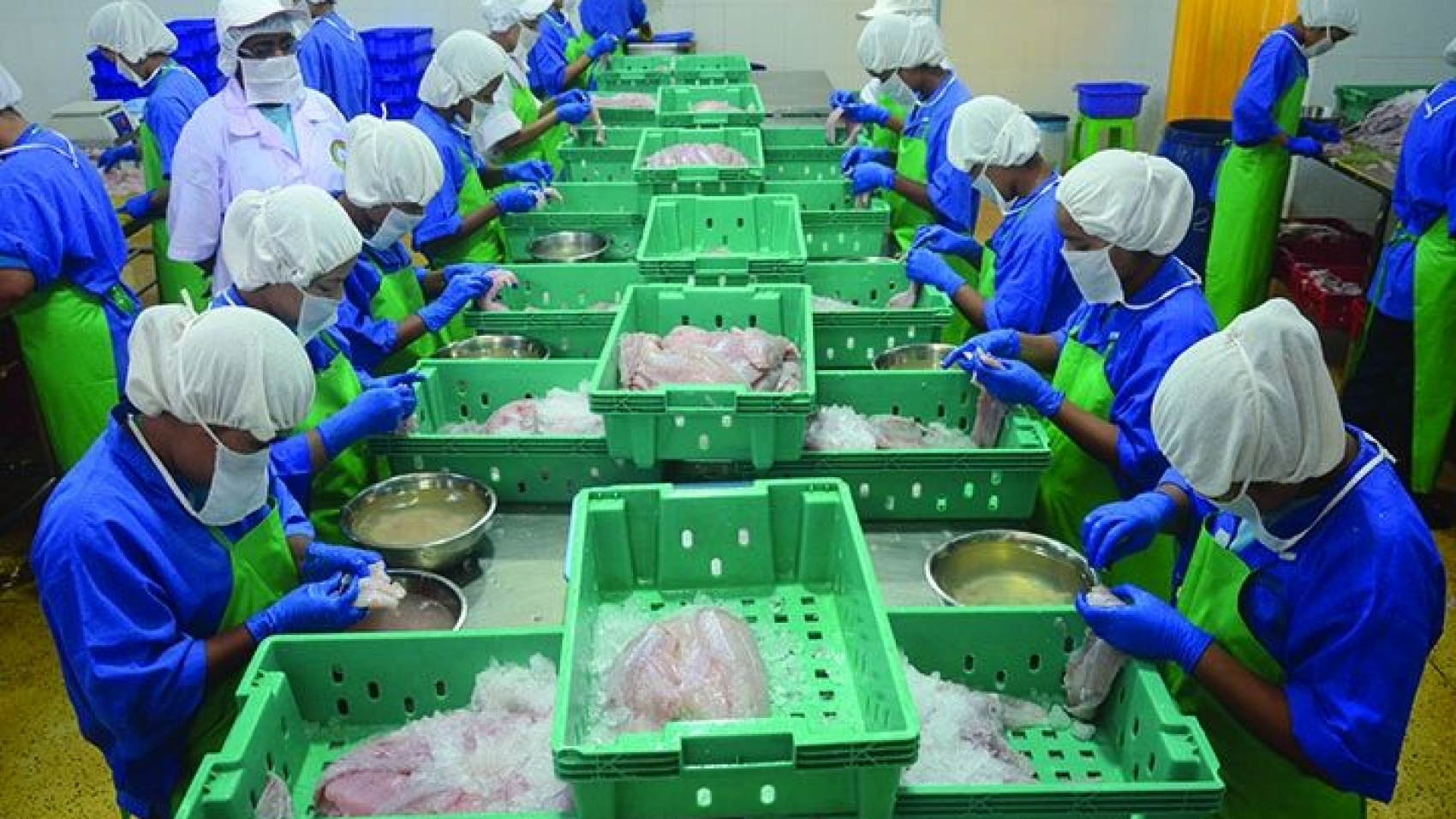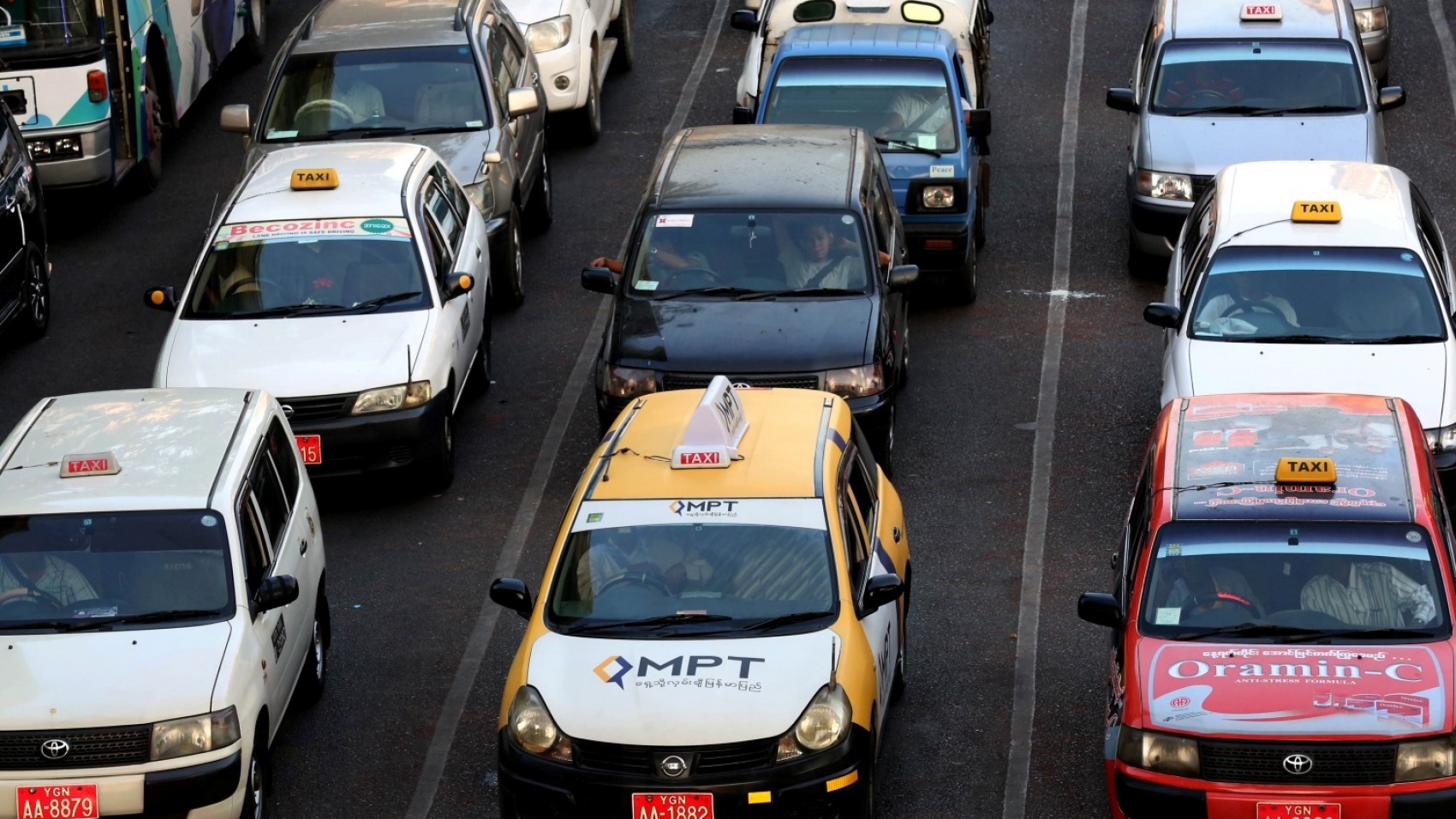Yangon inner terminals and outer Thilawa Port received over 152 larger ships of above 30,000 DWT (Deadweight tonnage) in the past five months (February-June) after the draft limit has extended up to 10 metres, and a new navigation channel developed accessing to inner Yangon River. Starting from May, more ships enter Yangon terminals which handled over 11,000 containers and 115,000 metric tons of general commodities, according to a statement of Myanma Port Authority. In June, 40 container ships docked at the terminals.
The draft extension is up to 10 metres, and the international ocean liners can access the inner port for now Myanmar Port Authority ensures smooth freight flow with non-stop operation during the public holidays (17-25 July). Earlier, the larger ships have draft problems preventing their sailing on the Yangon River. The draft was extended to 10 metres. The value of Myanmar’s maritime trade over the past nine months (1 October-9 July) of the current financial year 2020-2021 sank to US$14.29 billion, which plunged from $3.765 billion during the year-ago period, according to the Ministry of Commerce. While maritime exports were valued at $6.3 billion, imports had registered $7.7 billion.
Myanmar witnessed a slump in exports and imports triggered by the coronavirus pandemic. Both sea trade and border trade dropped amid the coronavirus impacts and the political changes. For maritime trade, disruption in the logistic sector and cargo shipping crisis triggered by the COVID-19 impacts battered the maritime trade somehow. Myanmar exports agricultural products, fishery products, minerals, livestock, forest products, finished industrial goods, and other products, while it imports capital goods, consumer goods, and raw industrial materials. The country currently has nine ports involved in sea trade. Yangon Port is the main gateway for Myanmar’s maritime trade. It includes the Yangon inner terminals and the outer Thilawa Port.
Source: The Global New Light of Myanmar

